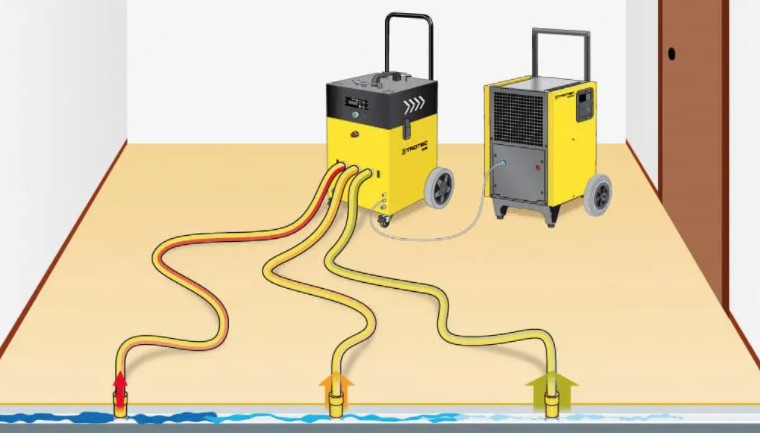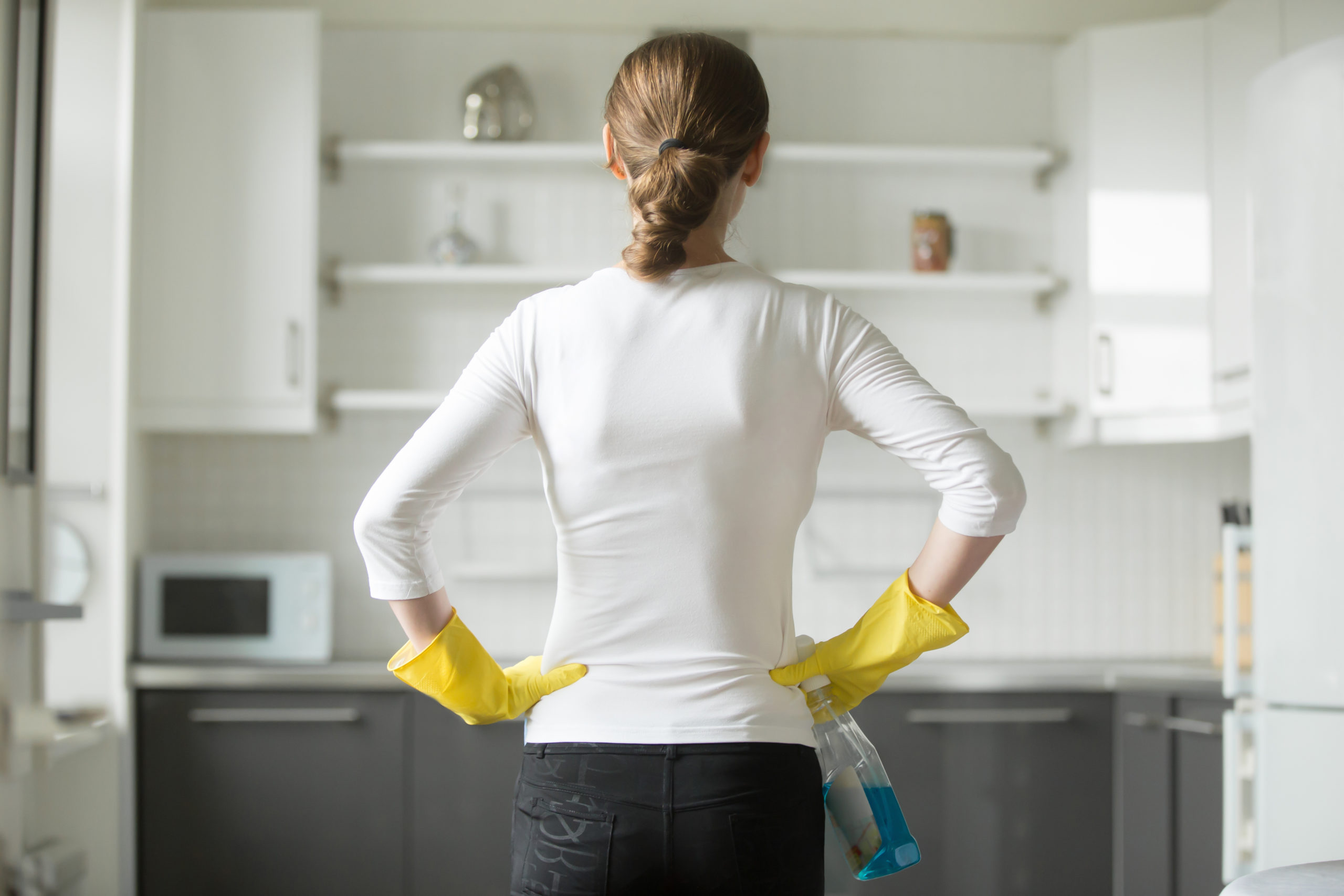Water damage can strike at any time—whether from a burst pipe, heavy rainfall, or an appliance malfunction. The aftermath can leave your home vulnerable to mold, structural damage, and ruined belongings. Knowing how to clean up after water damage quickly and efficiently is crucial to restore your home and prevent further issues.
In this quick guide, we’ll walk you through the essential steps to clean up after water damage and restore your home fast.
Step 1️⃣: Ensure Safety First
Before diving into cleanup, safety must be your top priority. Water damage can lead to hidden hazards like electric shock, contaminated water, or weakened structures. Always:
➤ Turn off the electricity at the main breaker to avoid electrical hazards.
➤ Wear protective gear such as gloves, rubber boots, and a mask if the water may be contaminated.
➤ Evacuate your family or pets from severely damaged areas to avoid exposure to health risks.
Once your home is safe, you can start the cleaning process.
Step 2️⃣: Stop the Water Source
The key to mitigating damage is to stop the water source as soon as possible. This could mean turning off the main water supply, patching a leaking roof, or repairing broken appliances. It’s essential to act fast because even a small leak can cause extensive damage over time.
If you’re unsure of the source, consider contacting a professional to inspect and address the issue.
Step 3️⃣: Remove Standing Water
Standing water can cause severe damage to floors, walls, and belongings if not removed promptly. Here’s how to tackle it:
1️⃣ Use a pump or wet vacuum: For significant flooding, rent a pump or use a wet/dry vacuum to remove standing water quickly.
2️⃣ Mop and blot: For smaller areas, use towels or a mop to soak up excess water.
3️⃣ Focus on carpets and furniture: Carpets and upholstery absorb water quickly. Consider using fans or renting industrial drying equipment to speed up the drying process.
Remember, mold can develop within 24 to 48 hours of water exposure, so time is critical.

Step 4️⃣: Dry the Affected Areas
Drying is one of the most crucial steps in preventing further damage and mold growth. To effectively dry your home:
➤ Use dehumidifiers and fans: Increase airflow to remove moisture from the air and surfaces. Open windows if weather permits to speed up ventilation.
➤ Dry floors and walls: Use towels and fans to dry floors, walls, and ceilings. If drywall is soaked, it may need to be removed and replaced.
➤ Check hidden spaces: Pay attention to often-overlooked areas like basements, attics, and under appliances, where moisture may linger.

Step 5️⃣: Clean and Disinfect
After drying your home, cleaning and disinfecting the affected areas is vital to prevent bacteria and mold growth. Here’s what to do:
1️⃣ Clean surfaces: Use mild detergent and clean water to scrub all affected surfaces, especially those that have come into direct contact with contaminated water.
2️⃣ Disinfect: Apply a disinfectant to floors, walls, and any remaining furniture to kill bacteria and mold spores.
3️⃣ Dispose of contaminated items: Items like carpets, mattresses, and fabrics soaked in dirty water may need to be discarded to prevent health risks.
For homes that require deep disinfection, consider professional ozone cleaning, which is chemical-free and highly effective at killing mold and bacteria. Get a free estimate from our cleaning experts.
Step 6️⃣: Restore and Repair
Once the cleanup is complete, it’s time to restore and repair your home. This may involve:
➤ Replacing drywall: If sections of drywall were waterlogged, they might need to be cut out and replaced.
➤ Repainting walls: After drying and cleaning, repaint damaged walls to restore your home’s look.
➤ Fixing flooring: Wooden floors may warp after water damage, requiring replacement or refinishing. Carpets may need deep cleaning or replacement if heavily damaged.
➤ Inspecting for mold: It’s crucial to have a mold inspection if your home was exposed to water for more than 48 hours. Mold can cause respiratory problems and further damage if left untreated.
Preventing Future Water Damage
Prevention is always better than cure. To minimize the risk of future water damage, follow these tips:
▸ Inspect plumbing: Regularly check for leaks and fix them as soon as they are detected.
▸ Install water alarms: These can alert you to leaks before they cause significant damage.
▸ Maintain your roof and gutters: Clean out gutters and ensure your roof is in good condition to prevent water buildup during storms.
▸ Use a sump pump: If your basement is prone to flooding, consider installing a sump pump to manage excess water.
▸ Seal cracks in your foundation: Water can seep through foundation cracks, leading to further damage. Sealing them is a simple way to prevent this.
Conclusion
Cleaning up after water damage can be a stressful and overwhelming process. However, by following these steps, you can restore your home efficiently and safely. Remember, acting fast is key to preventing further damage and costly repairs.
If you need professional help, especially with deep cleaning and mold prevention, get a free quote from our expert cleaning team.
Additional Resources:
- Learn more about water damage restoration and tips from the Institute of Inspection Cleaning and Restoration Certification (IICRC).
- Explore detailed advice on preventing water damage from the Federal Emergency Management Agency (FEMA).




